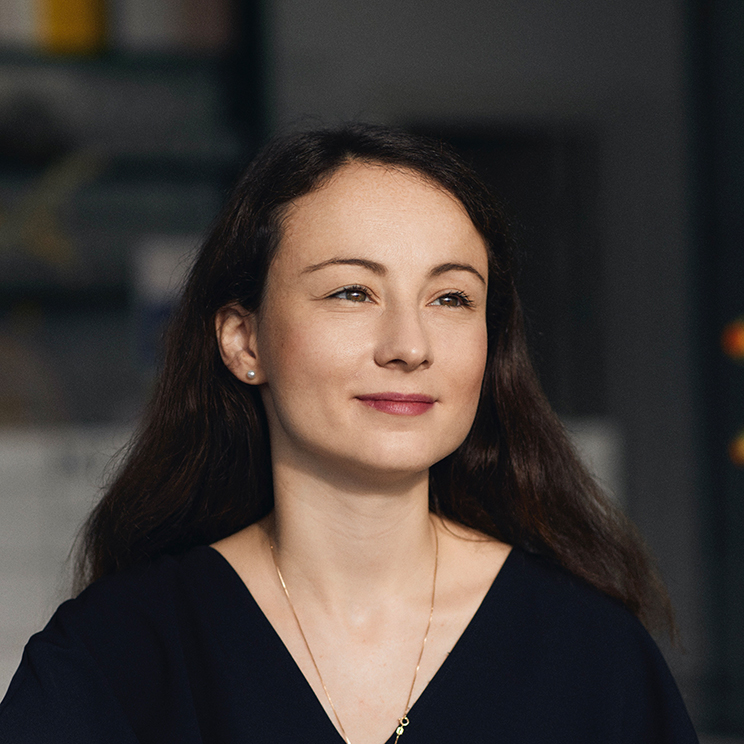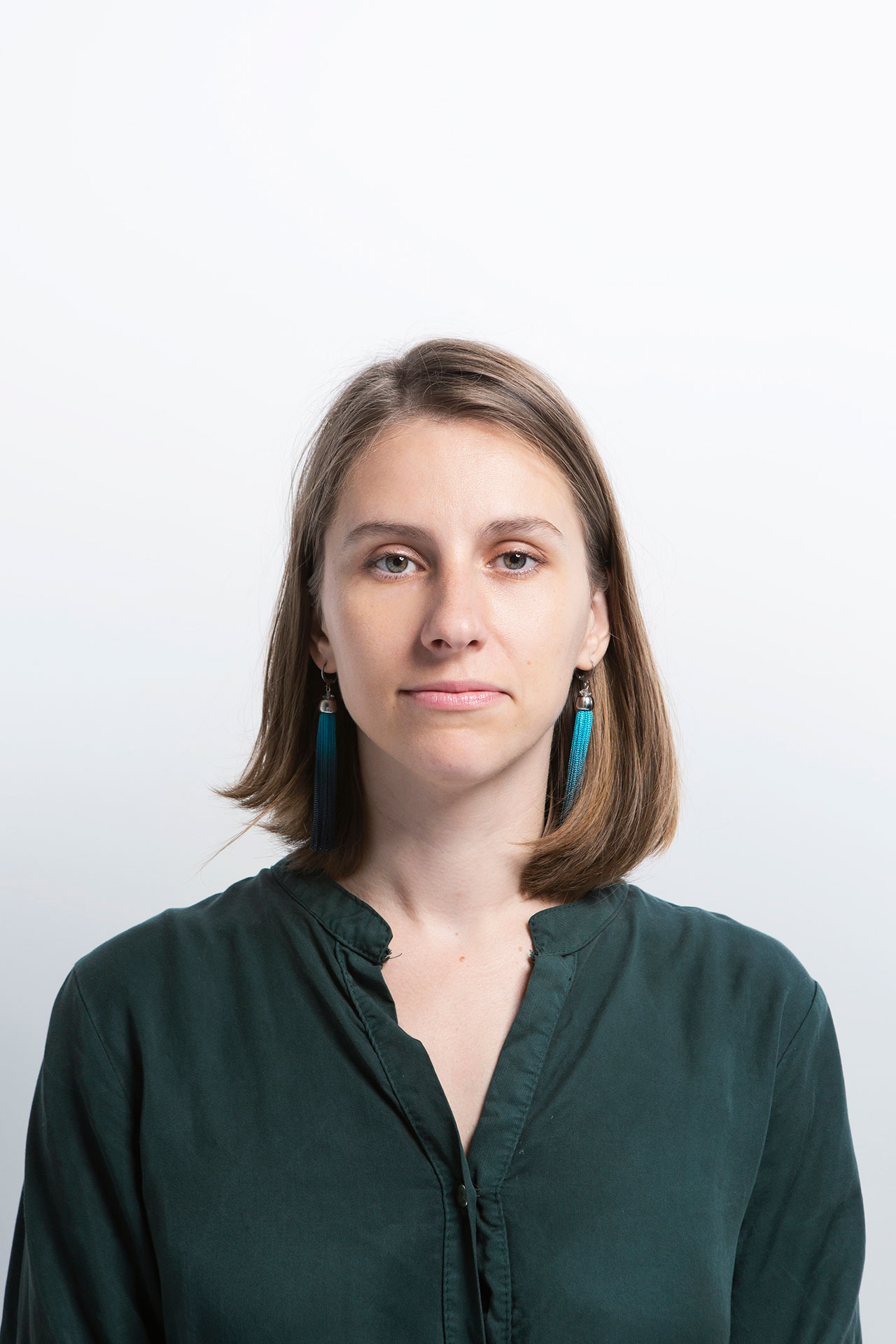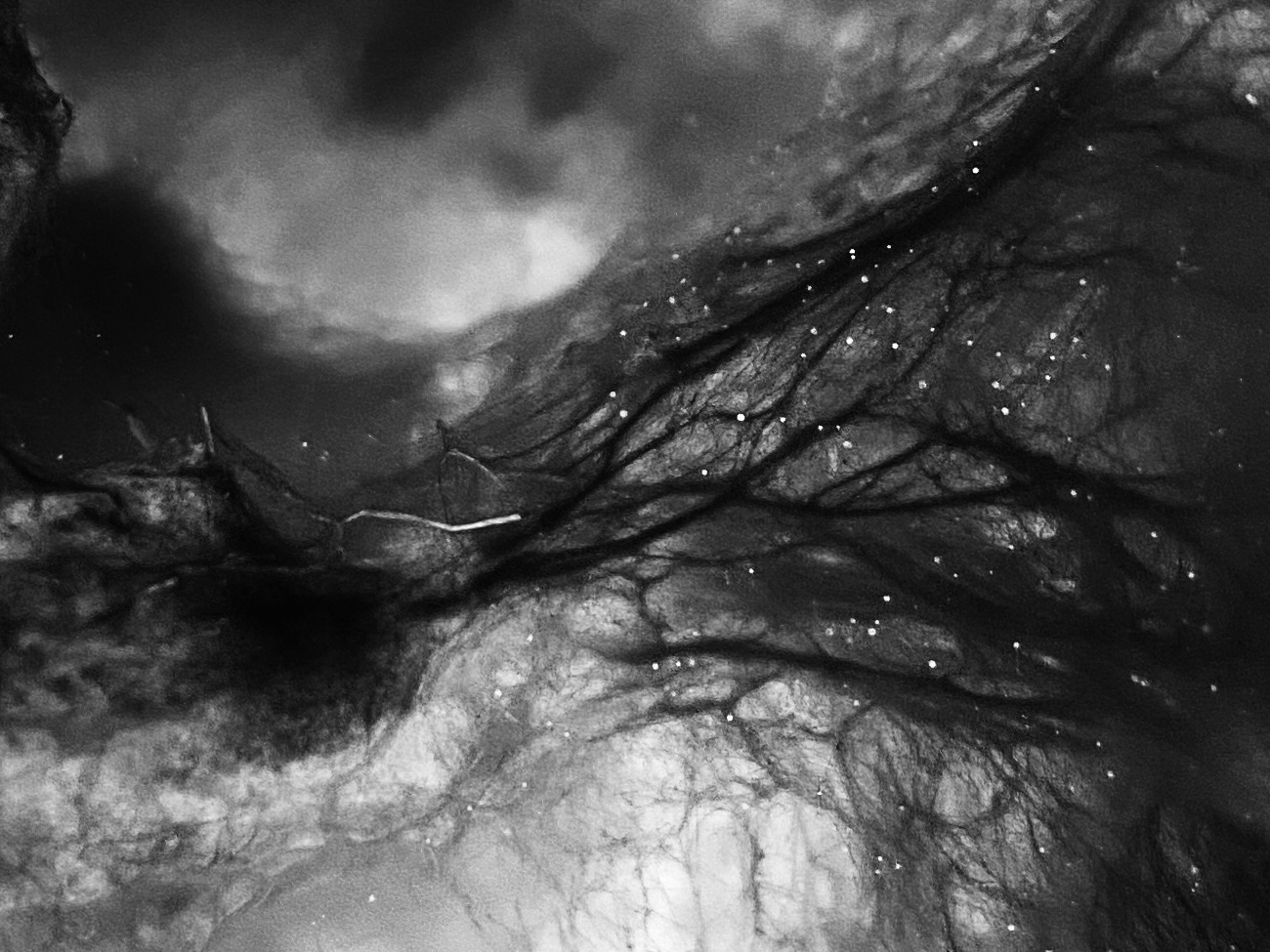Computational Design | Online Workshop | English | Europe-Mideast-Africa
Description:
The workshop will explore how to co-design with nature and learn from physical experiments with mycelium and translate it into computational logic and design application. Using principles of biomimetics, we learn from biological processes and find application in architectural and urban studies.
Mycelium is the root-like fibrous material of fungus, mostly composed of chitin. It acts as a bonding agent that penetrates in a substrate and closes gaps with new patterns. Growing mycelium in the air on pre-weaved structures instead of moulds produces a new set of morphologies and inspiration for computational investigation. When mycelium overtakes the environment and bridges the elements, it builds as many connections as possible in a short period of time. Then it thickens the most important ones over time. As a result, it creates a multilayer structure with variable thickness.
The workshop expertise covers different scales from urban landscape to digital fabrication. We will explore a part of the city to create a new urban layer, a dynamic structure, that evolves through time. We are going to simulate a mycelium growth using Grasshopper. As a part of the design application, we are going to experiment with ‘updating’ an urban patch by creating a set of multi-layer connections inside it, use structural and urban analysis to improve the design.
After the first stage of preliminary design, the group will be divided into two subgroups to explore more detailed different aspects. One group will look into the structure and digital fabrication, while the other will work more on the urban scale and the spreading of the new layer in the city space.
Workshop Techniques:
This is a design workshop, directed to understand the logic of bio-inspired design and biomimetics. The skills that will be taught during the workshop include exploring physical experiments with mycelium and setting up the rules for digital algorithms, working with computational methods - simulating natural dynamic processes using grasshopper and additional plugins (the plugins used will be covered lately), assessment and improvement of the structure on an urban scale and digital fabrication methods. Students with additional knowledge of python, Culebra and structural analysis plugins can bring more expertise and help to reach a more complex outcome of the workshop.
Key Words:
mycelium,symbiotic landscape,nature-inspired computation,ecological aesthetics
Required Skills:
Grasshopper (basics)
Required Software:
Rhino, Grasshopper, Plugins
Required Hardware:
Сomputer with good specifications, fast internet connection
Maximum number of participating students:
20
Mycelium is the root-like fibrous material of fungus, mostly composed of chitin. It acts as a bonding agent that penetrates in a substrate and closes gaps with new patterns. Growing mycelium in the air on pre-weaved structures instead of moulds produces a new set of morphologies and inspiration for computational investigation. When mycelium overtakes the environment and bridges the elements, it builds as many connections as possible in a short period of time. Then it thickens the most important ones over time. As a result, it creates a multilayer structure with variable thickness.
The workshop expertise covers different scales from urban landscape to digital fabrication. We will explore a part of the city to create a new urban layer, a dynamic structure, that evolves through time. We are going to simulate a mycelium growth using Grasshopper. As a part of the design application, we are going to experiment with ‘updating’ an urban patch by creating a set of multi-layer connections inside it, use structural and urban analysis to improve the design.
After the first stage of preliminary design, the group will be divided into two subgroups to explore more detailed different aspects. One group will look into the structure and digital fabrication, while the other will work more on the urban scale and the spreading of the new layer in the city space.
Workshop Techniques:
This is a design workshop, directed to understand the logic of bio-inspired design and biomimetics. The skills that will be taught during the workshop include exploring physical experiments with mycelium and setting up the rules for digital algorithms, working with computational methods - simulating natural dynamic processes using grasshopper and additional plugins (the plugins used will be covered lately), assessment and improvement of the structure on an urban scale and digital fabrication methods. Students with additional knowledge of python, Culebra and structural analysis plugins can bring more expertise and help to reach a more complex outcome of the workshop.
Schedule:
Jun 27 - Jul 3
-
Day 1 / Jun 27
-
Day 2 / Jun 28
-
Day 3 / Jun 29
-
Day 4 / Jun 30
-
Day 5 / Jul 1
-
Day 6 / Jul 2
-
Day 7 / Jul 3
Instructors:
-
 Katya Bryskina Intelligent Morphology(IM-A) Studio,Co-founder & ArchitectKatya Bryskina is an architect, artist, and computational designer. She combines digital fabrication and inspirations from biology to bring ecosystemic thought and aesthetics to the built environment. She holds a Master in Emergent Technology and Design from the Architectural Association School of Architecture (London, UK) and was a researcher at “The New Normal” think-tank at Strelka Institute (Moscow, RU). She was a resident at SPACE10, IKEA's innovation lab(Copenhagen, DE) and AiNIN, International Art Organisation. Katya co-founded Intelligent Morphology in Architecture (IM-A) Studio, an interdisciplinary design studio and consultancy that focuses on the intersection between biology, digital fabrication, and computational design.
Katya Bryskina Intelligent Morphology(IM-A) Studio,Co-founder & ArchitectKatya Bryskina is an architect, artist, and computational designer. She combines digital fabrication and inspirations from biology to bring ecosystemic thought and aesthetics to the built environment. She holds a Master in Emergent Technology and Design from the Architectural Association School of Architecture (London, UK) and was a researcher at “The New Normal” think-tank at Strelka Institute (Moscow, RU). She was a resident at SPACE10, IKEA's innovation lab(Copenhagen, DE) and AiNIN, International Art Organisation. Katya co-founded Intelligent Morphology in Architecture (IM-A) Studio, an interdisciplinary design studio and consultancy that focuses on the intersection between biology, digital fabrication, and computational design. -
 Nataly Nemkova IM-A Studio,Consulting ArchitectAn architect and a founder of Monogroup. Has a strong interest towards interactive environment and new approaches to architecture creating interactive installations in museums and art-galleries. Regular tutor at EASA (European Architecture Students Her works have been marked at different international competitions including YAC and Leonardo. Consulting architect at Giles Miller Studio and IM-A Studio. MSc at Architectural Association, Landscape Urbanism programme then working for international office Gustafson- Porter+Bowman. Speaker at the AA symposium Design Agency within Earth Systems.
Nataly Nemkova IM-A Studio,Consulting ArchitectAn architect and a founder of Monogroup. Has a strong interest towards interactive environment and new approaches to architecture creating interactive installations in museums and art-galleries. Regular tutor at EASA (European Architecture Students Her works have been marked at different international competitions including YAC and Leonardo. Consulting architect at Giles Miller Studio and IM-A Studio. MSc at Architectural Association, Landscape Urbanism programme then working for international office Gustafson- Porter+Bowman. Speaker at the AA symposium Design Agency within Earth Systems.
